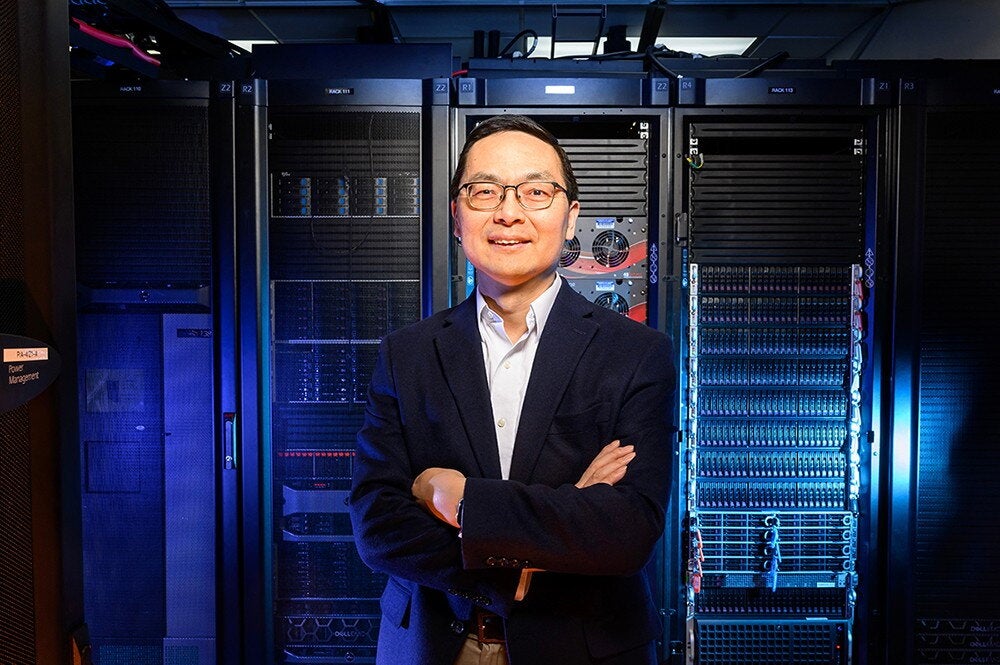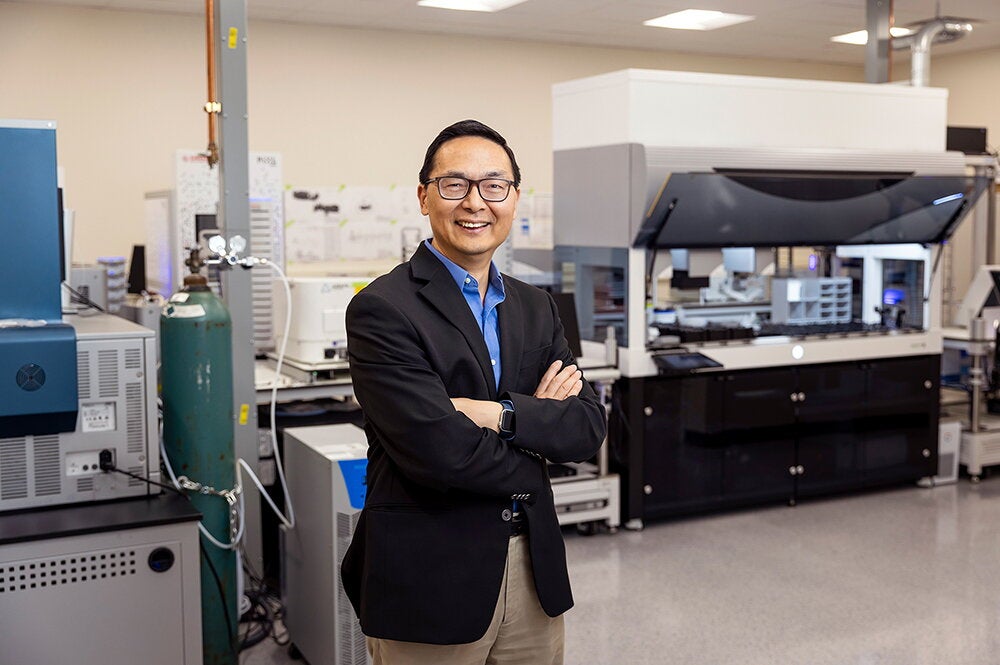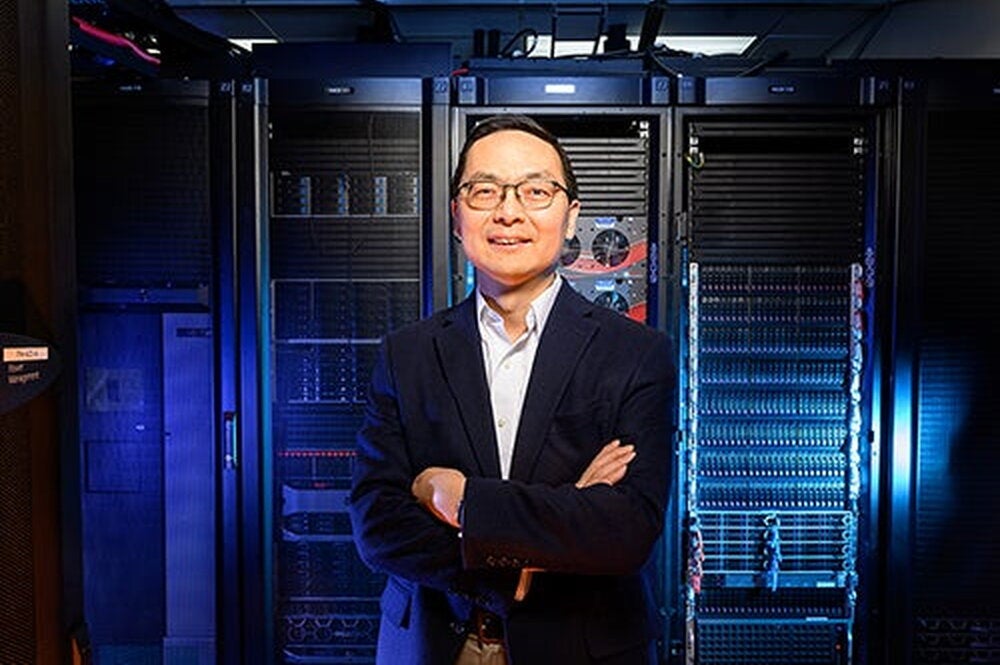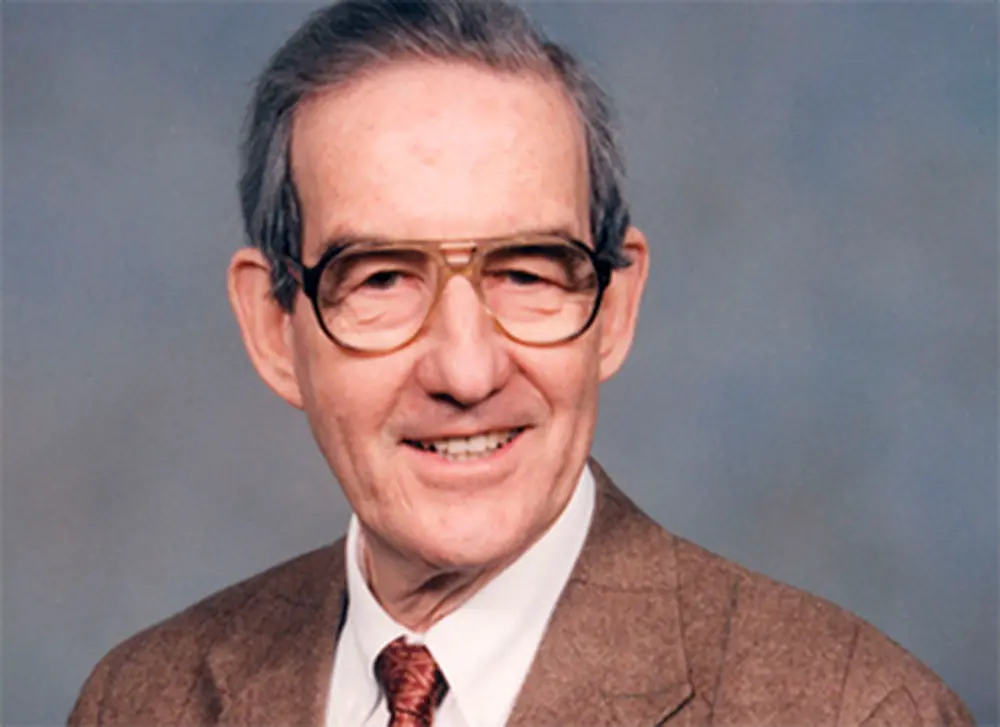
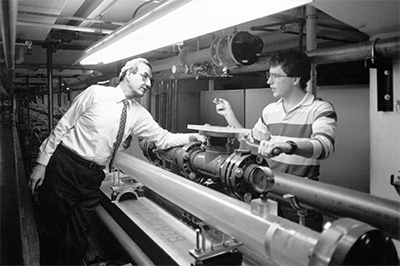
Thomas J. Hanratty, a pioneer in fluid dynamics, passed away on Wednesday, August 24, in Urbana, Illinois. Hanratty was a longtime chemical engineering professor who found joy in both research and teaching. He was a leader in establishing multiphase flow as a new academic discipline by relating macroscopic behavior to small-scale interactions.
Hanratty was a respected and integral part of the department, joining as an assistant professor in 1953 and formally retiring in 1997. As emeritus professor, he continued an active research program and interaction with colleagues culminating in over 60 years of active engagement with the Department of Chemical and Biomolecular Engineering.
He was elected to the National Academy of Engineering in 1974 for his contributions in the analysis and design of turbulent, gas-liquid, and solid-liquid flow systems. In 1997, he was named a fellow of the American Academy of Arts and Sciences. In 1999 he was elected to the National Academy of Sciences.
In a 2009 compendium on his research, Hanratty said his work was motivated by a desire to improve fundamental understanding of basic problems in fluid dynamics. He embraced new techniques to expand the scope of his research, with supercomputers to do direct numerical simulations of turbulent fields and with optical techniques, which provided measurements of velocity flows without interfering with the flow. His work was the basis for the design of the Alaska pipeline, among many other applications.
During his career at Illinois, Hanratty was admired by students for his dedication to helping them succeed. His colleagues on the faculty also praised him for his efforts to help their professional development at different stages throughout their careers.
Upon his retirement from the university, Hanratty and friends and former students worked to create a new fund, the Hanratty Professional Development Fund, to provide financial support for graduate students to attend national conferences in their discipline. Hanratty’s family has requested that memorials be made to that fund.
Born in Philadelphia in 1926, he received a bachelor’s degree from Villanova University in 1947. He held research positions at Fischer and Porter Company in Pennsylvania and Battelle Memorial Institute in Ohio. While at Battelle, he took night courses at The Ohio State University, earning a master’s degree from there in 1950. He then entered the Ph.D. program at Princeton University, working in reactor design and fluidized beds.
At Illinois, he was named a University Scholar and he was the first faculty member to hold the James W. Westwater professorship. His obituary at the funeral home may be viewed online.
